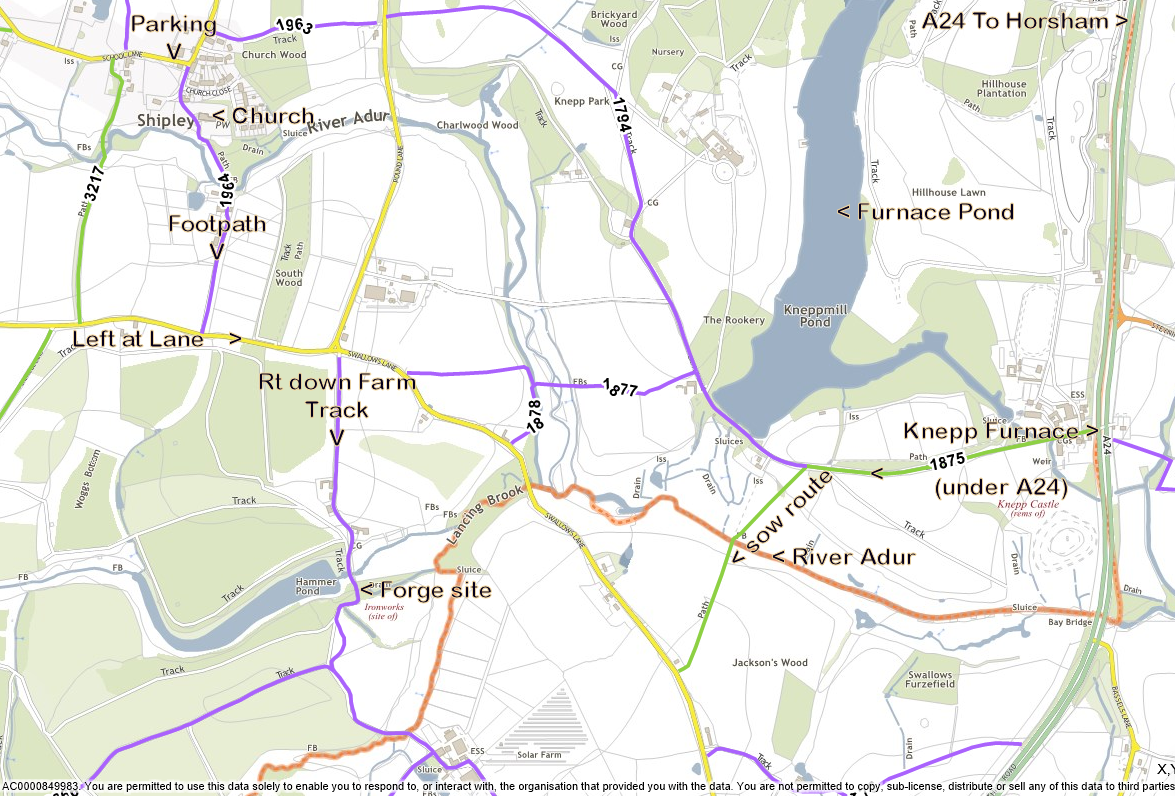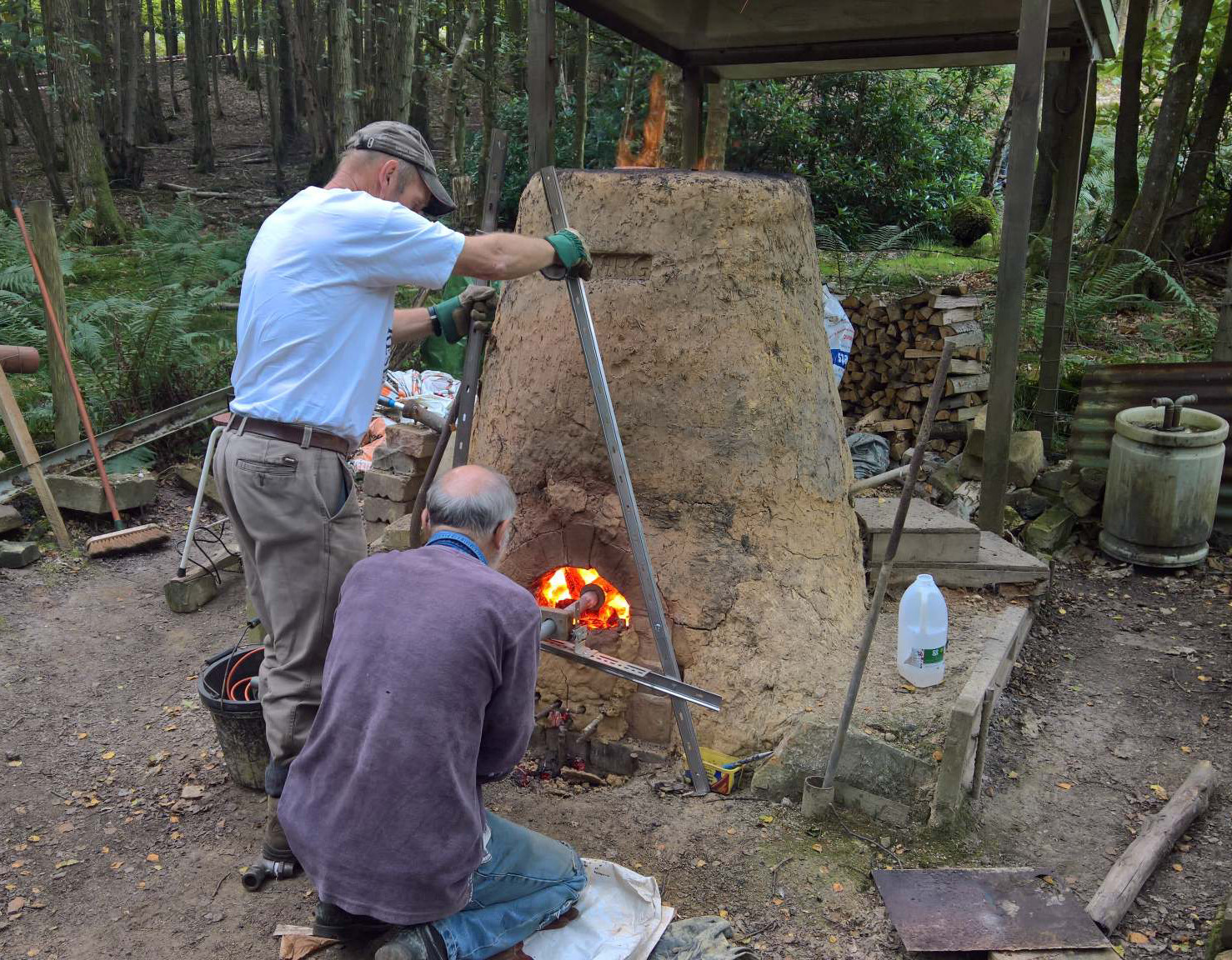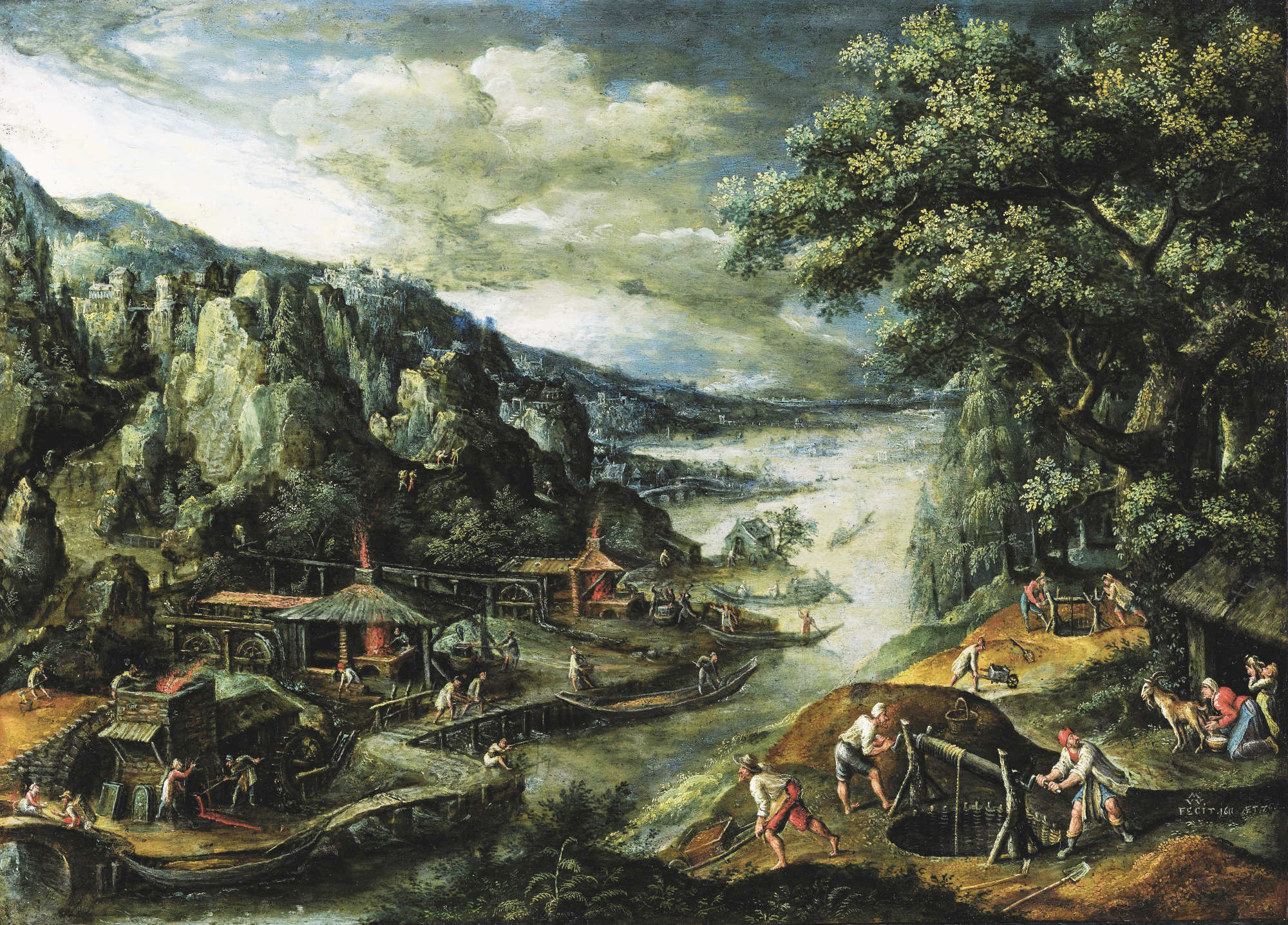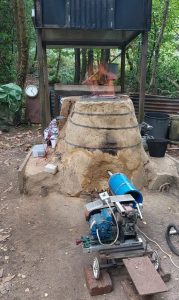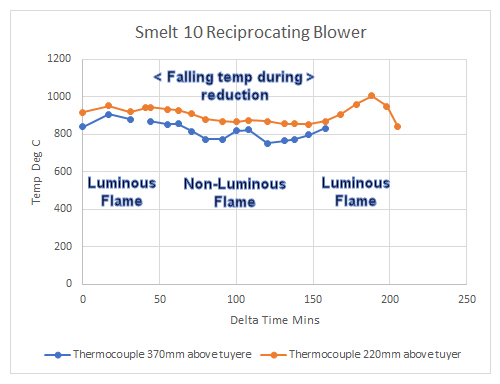Summer meeting & AGM 2025
To be held on Saturday 19 July 2025 from 10.30am at St Mary’s Barn (Church Hall), The Causeway, Horsham, W Sussex RH12 1HE https://maps.app.goo.gl/VBzouHVP2Bj7sFry5
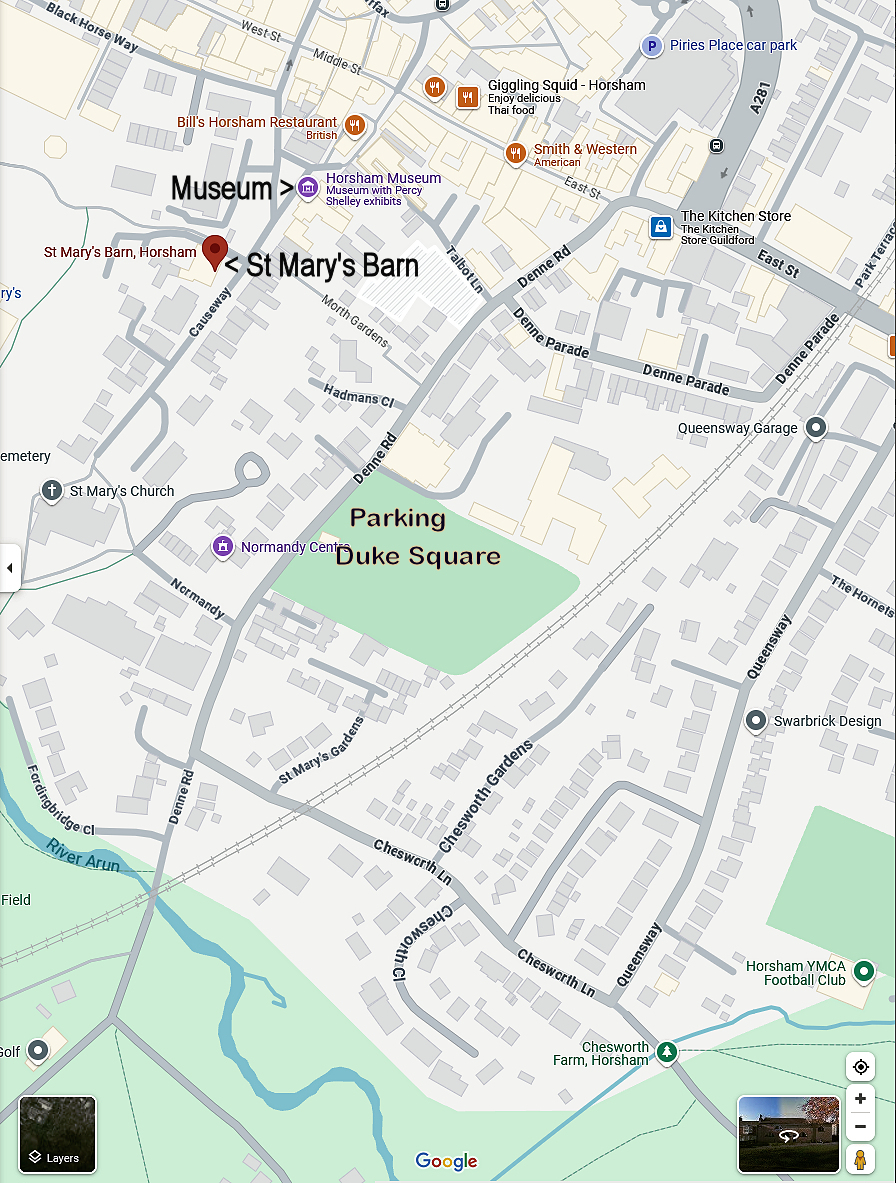
*Please note there is no car park at the hall. The nearest long term Parking is at Dukes Square car park, Denne Road RH12 1JF entrance on left after Drill Hall Pay & Display 4 hr £5-60, 5 hr £7.00. This is the second car park travelling south down Denne road – do not use the first car park on the right as this is limited to three hours parking.
Alternatively use Park and Ride at Hop Oast off A 24 at round-about onto Worthing Road RH13 0AR – entrance opposite Management Waste & Cleaning & entrance to recycling centre. Bus 98 every 20mins Bus 23 every hour to Horsham Bus Station – 10 min journey – Pay on bus – concession cards free. Then walk east up West St to Market Square, turn right down South Street which leads to the Causeway and Museum (on left) & St Mary’s Hall (on right – red brick building with moon shaped windows. Entrance through private car park.
Non-members of WIRG are welcome to the Summer Meeting and site visit but cannot vote at the AGM.
Agenda for the day
10.30 Coffee / tea
11.30 Introduction to visits
12.00 Annual General Meeting of the Wealden Iron Research Group.
12.45 Visit to Horsham Museum (50m along the Causeway on right towards the Town Centre)
13.30 Lunch break – lunch is not provided; please bring your own – you can picnic in the Museum courtyard & garden (toilets available) alternatively, there are plenty of food outlets around the Market Square
14.30 Depart for site visit to Shipley Forge, on the Knepp rewilding estate. Park in Shipley Village, School Lane RH13 8PL (sat nav 50.98545, -0.37181).
Lifts will be available to Shipley for those who have used Park & Ride, and back to Park & Ride after the visit.
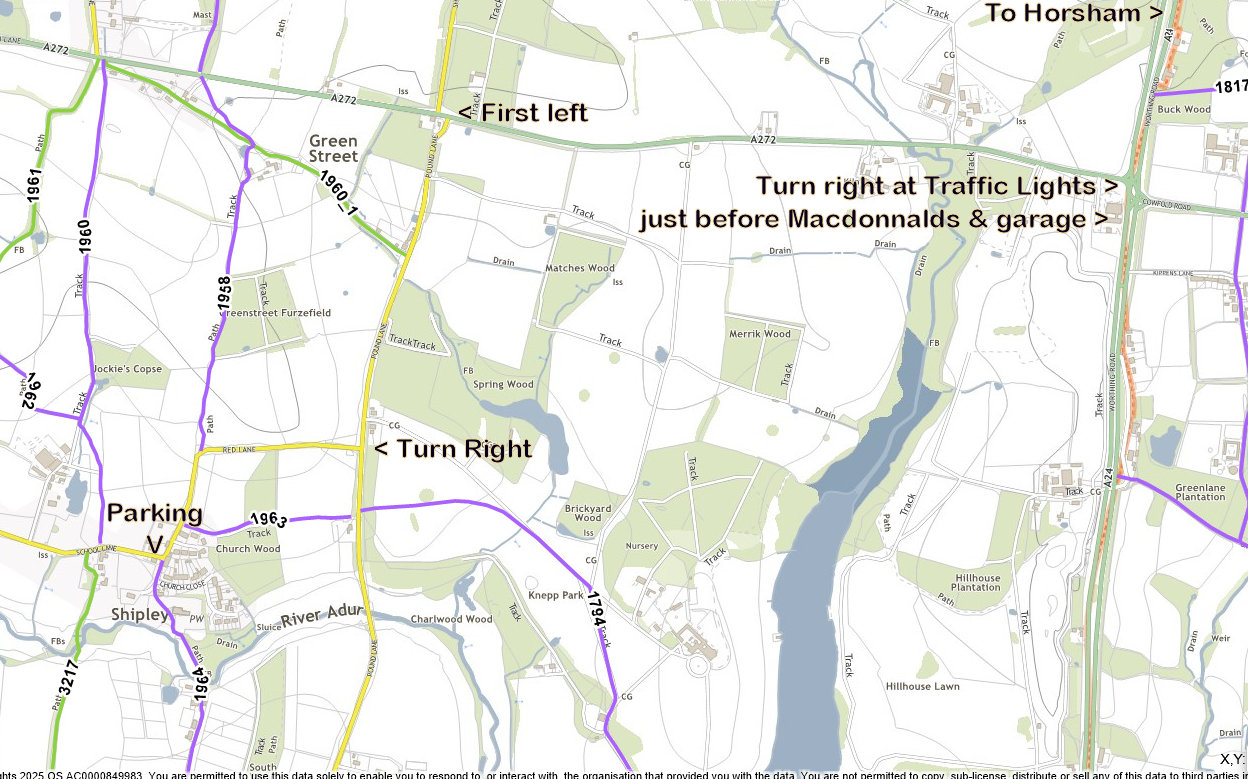
A 2-mile return walk to the forge site via Shipley’s 12C church to see the tomb of Thomas Caryll, ironmaster of Knepp Furnace (operated 1568 to 1622).
The walk from Shipley to the Forge site will be along footpaths, a lane and a farm track (see map below). The distance is one mile each way. Unfortunately the forge site is now fenced off as part of the Knepp estate’s reintroduction of beavers but the original bay and water supply are evident and the pond is in water – albeit confined by a modern bay. If you feel unable to walk this distance there is plenty to see in Horsham Museum which closes at 4pm.
